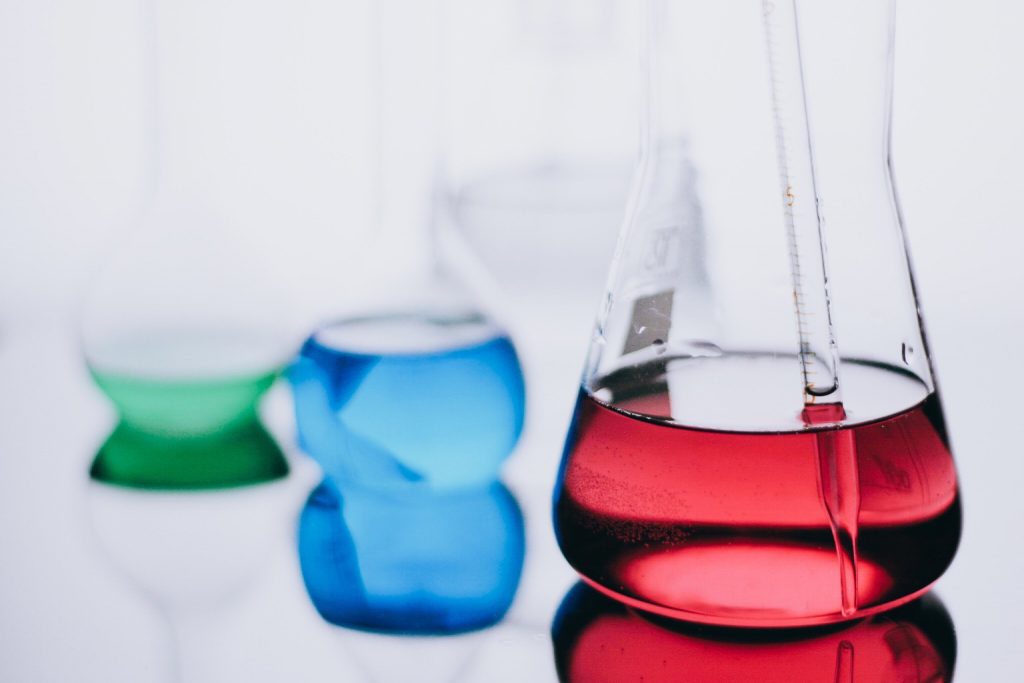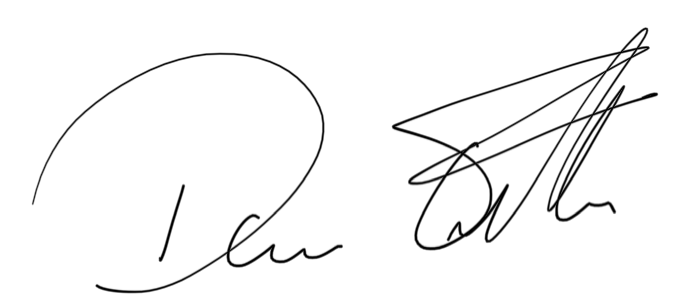
There are small but hugely significant changes to the Residential Tenancies Act that have largely gone unnoticed, and it has nothing to do with the pending reforms. Are you ready for the changes to the Residential Tenancies Act that are due to come into law on the 1st of February 2021? “Hang on! Isn’t the Residential Tenancies Amendment Act 2020 coming into force on the 11th of February?” I hear you ask.
Yes, it is, but what about the Residential Tenancies Amendment Act 2019? You remember, the bill that made changes because of the infamous Oaski case that meant tenants were no longer liable for accidental damage.
This is also the amendment that was going to set standards on what levels of contamination are before a property becomes uninhabitable including our old nemesis, Methamphetamine!
On the 30th of July 2019, the Residential Tenancies Amendment Act 2019 (RTAA 2019) became law. This bill covered a number of things such as limits around tenant’s liability for accidental damage, giving jurisdiction to the Tenancy Tribunal to make rulings on unlawful residential dwellings as well as introducing amendments relating to methamphetamine and other contaminants. This includes setting the standards for the levels of contamination before a property is deemed to be uninhabitable. The 2019 bill states that those amendments have to come into effect within 18 months of the bill getting royal assent. Those 18 months are up on the 31st of January 2021, meaning a legally binding standard becomes law. But before we look at what the amendments are, let me take you on a brief history lesson around the boom and bust of the meth testing industry.

The birth of the meth testing industry
Back in 2010, a report was commissioned and published by the Ministry of Health due to the increase of meth laboratories around New Zealand. This document outlined what steps should be taken for the remediation of ‘clan labs’, stating that “The Ministry of Health currently recommends that surface wipes for methamphetamine not exceed a concentration of 0.5 μg/100 cm2 as the acceptable post-remediation re-occupancy level for a dwelling that has been used as a clan meth lab.”
All well and good, but somehow, this standard was adapted as the acceptable level for contaminated properties where meth had been consumed as well as contamination from manufacturing. This led to the birth and rapid expansion of the meth testing industry.
Scepticism grows
As more and more cases started appearing in front of the Tribunal, particularly from 2015 onwards, there were concerns that an industry was growing without regulation or any specific recognised training meaning that it was open to abuse from cowboy operators and people with a conflict of interest. The Tribunal decided that for landlord claims to be valid, there had to be a pre-tenancy test to prove the property was clean, and an end of tenancy test so that if levels of meth had increased above the 0.5ug/100cm2 standard, the tenant would be liable for the clean-up. This led to pre-tenancy testing becoming almost mandatory within the property management industry.
Millions of dollars were being paid to testers as well as remediation and cleaning companies. People were losing their homes and investors were losing thousands of dollars.
Setting the standards
At this point, the Government decided to act and on the 2nd of June 2016 the Ministry of Business, Innovation & Employment appointed a committee to help develop new acceptable standards for meth testing. The only problem with this committee was the fact that 50% of 18-member committee were representatives of the meth testing and remediation industries. It was simply in their interest to set the standards as low as possible. They adopted a new standard of 1.5μg/100cm2 maximum levels of contamination. This standard was published in NZS 8510:2017[2] & became the stand that the tribunal used as it was the most up to date document.
Enter Mr Twyford and Sir Peter Gluckman
Everything changed when the Labour led coalition took power from National in October 2017. The then newly appointed Minister of Housing Phil Twyford appointed Sir Peter Gluckman, the then Chief Science Advisor to the New Zealand Prime Minister, to investigate the risk of methamphetamine contamination. On the 29th of May 2018, the report was published.
There is no doubt that this report was a bombshell when it was released. It recommended that the standard that should be adopted was 15ug/100cm2, and even then, he noted that this was conservative. He was also critical of the use of composite testing, using multiple wipes rather than the more expensive discreet individual testing, coming to the conclusion that “single composite sample, as permitted in NZS 8510:2017, has limited value in accurately reflecting levels of risk, and depending on how the data are integrated can lead to quite misleading interpretation and false impressions of high exposure, triggering another round of expensive testing”.[1] He strongly recommended that initial testing should not involve composite testing as it could lead to a false positive.
HNZ immediately stopped testing their properties for methamphetamine and this forced the Tenancy Tribunal to adopt the Gluckman report as the new standard. The public outcry was substantial, and the fallout was immense.
One industry that had suffered through the meth debacle was the insurance industry as they found themselves paying out millions in insurance claims for so called meth contaminated properties. However, many of these companies decided to ignore the Gluckman report and stick with the standards set in NZS 8150:2017 meaning that pre-testing was compulsory, and claims could be made for anything over 1.5ug/100cm2. And this is where we are today. The insurance industry and the Tribunal working to two different standards.
So, what is the standard and what happens next?
With the inception of the RTAA 2019, we have two new sections which are still to come into effect, but once the 18-month deadline takes effect on the 31st of January 2021, they must be introduced to the RTA. What are the sections?
Section 59B: Termination where regulations prescribe testing methods and maximum inhabitable level of contaminant. In short, this section outlines when a property becomes uninhabitable due to levels of contamination and what notice can be given.
Section 45A: Protection from liability for landlords who comply with contaminant regulations. In short, this section states that if landlords do not know the property is contaminated prior to renting it out, they are not liable to the tenant.
These new sections also apply to boarding house tenancies.
So, what happens next?
Put simply, I have no idea. There have been no murmurings from Tenancy Services or the Housing Minister that this is being worked on and that standards for contamination will be formally set. Maybe it has just been forgotten about which wouldn’t surprise me considering what we have had to go through. Maybe they are quietly working on this and will announce it on the 1st of February 2021.
One thing is for sure, the standards need to be formally set so we can finally put an end to this sorry saga.
If you want any advise on whether a room in your rental has deemed a bedroom or anything else, feel free to get in touch with us today.
Regards
David Faulkner
General Manager
Tommy’s Property Management